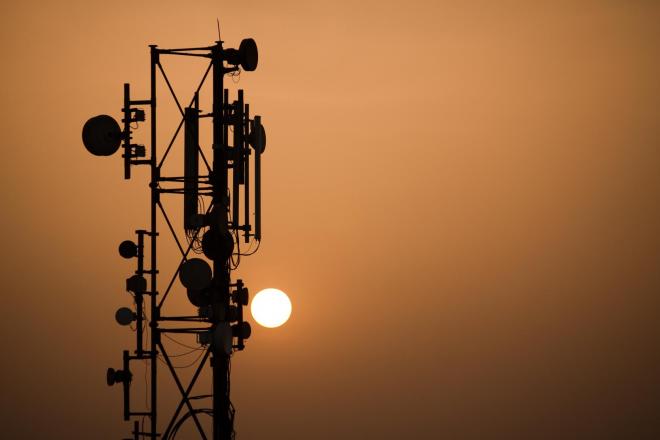Telecom operators have added over 2,000 mobile towers in Delhi in the last three months to check the menace of call drops.
According to an official in Department of Telecom (DoT), as many as 2,092 mobile sites (2G and 3G) have been added in Delhi service area in the past 12 weeks which has resulted in the call drop rate to come down considerably.
Sharing data, the official said that Bharti Airtel, whose call drop rate was in the range of 2.92-17.77 per cent earlier has come down to 0.08-2.98 percent whereas that of Vodafone has dropped to 0.3-2.97 percent from 1.53-6.63 per cent in Delhi.
Reliance Communications, which had earlier a call drop rate in the range of 1.53-24.83 per cent has come down to 0.02-5.15 per cent and that of Idea Cellular has decreased to 0.14-2.65 percent from 3.34-10.90 per cent.
Across the country, the telecom operators have added 22,279 mobile sites in the last three months.
Apart from addition of mobile sites, operators are also deploying in-building solutions to check the problem.
The operators, however, are complaining about sealing of sites by local bodies like MCD, which hampers their efforts to reduce call drops.
An operator on condition of anonymity, said that if MCD seals, one mobile site in an area, it affects the remaining sites, which also makes it difficult for them to provide good quality services to customers.
The problem of call drops had become acute in the past months, though now it has started to improve. Telecom Secretary Rakesh Garg had spoken to owners of telecom companies including Sunil Bharti Mittal and Anil Ambani to address the problem.
Even the telecom operators are accepting that their current service is not up to the mark and they are making serious efforts to improve in providing the best experience to their customers.
You can watch the news from World Wide News here:
Article Source: PTI
Image Source: iGovernment
